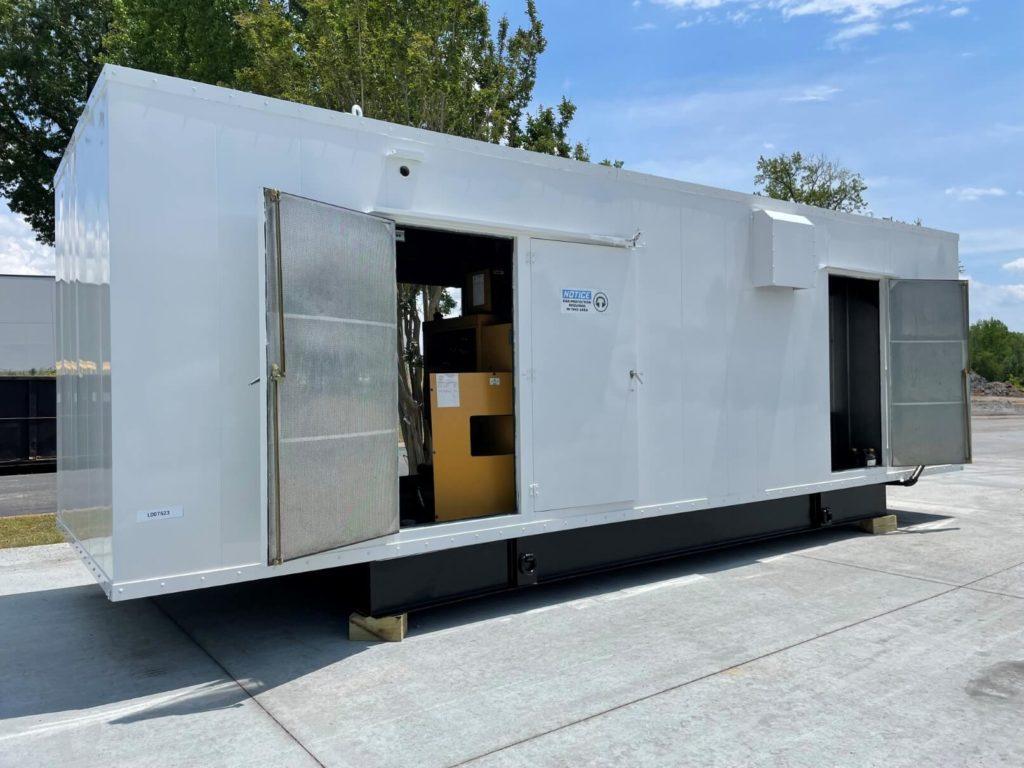What is kVA?
When it comes to power generation, there are various terms that are used to describe the capacity of a generator. Some of these are common, such as Watts or Amps - however others, like kVA can be a little confusing to those not in the industry. The term kVA stands for Kilo-volt-amperes which is a measure of the apparent power of an AC circuit. This is calculated by multiplying the voltage and current of a circuit and taking into account both real power (measured in kW) and reactive power. The resulting value is an indication of the amount of electrical power that can be supplied to a load without overloading the generator or damaging its components. As such, understanding a generator’s kVA rating is critical when selecting the right generator for a specific power demand and ensuring that it can deliver enough energy to meet its needs. buy used generators at surplusrecord.
It is also important to note that a genset’s kVA rating will vary depending on its power factor, which is a ratio of actual power to apparent power. If a generator has a low power factor, then a greater percentage of its kVA will be converted into useless heat rather than useful electricity. Surplusrecord sells a wide range of high kVA gensets, suitable for commercial or industrial use, all with an excellent power factor and delivering maximum energy efficiency.
How to calculate kVA?
There are a few things to keep in mind when calculating diesel gensets kVA. First, it's important to determine the building's power demand. You can do this by looking at the building's circuit breaker ratings and voltage levels. Once you know the building's power demand, it's then possible to calculate the generator kVA needed to meet this demand.
Then, it's also useful to know the diesel generators power factor. The power factor is the ratio of real power to apparent power, and it can be found by dividing the rated power of the generator by its AC voltage. For example, a generator with a power factor of 1 will have a true power rating of 10 kW. However, a generator with a power factor that's less than 1 will have a higher true power rating. Another thing to consider when calculating generator kVA is how the power is distributed. Single-phase generators typically produce a single kVA per phase, while three-phase generators can produce up to 10 kVA per phase. The kVA rating of a generator is only applicable to AC current, so it's not relevant for DC current or direct current.
What is the difference between kVA and kW?
The difference between kVA and kW is that kW represents the actual power consumed by a generator set and kVA is an indication of the total apparent power available in the circuit. It is calculated by multiplying voltage times current and adding the power dissipated by reactive components like coils and capacitors. This apparent power is also known as complex power.
When working with DC current, kW and kVA are equal as the current never gets out of phase, however, when dealing with AC circuits it is possible for kW and kVA to differ. This is due to the fact that in AC circuits, the waveforms of voltage and current do not always line up perfectly. This leads to what is called the power factor. The power factor is a measurement of the electrical efficiency of an AC circuit and it can range between 0 and 1. A higher power factor indicates that more of the available apparent power is being used effectively, while a lower power factor implies that some of the apparent power is being wasted. Therefore, when looking at a genset's kVA rating it is important to consider the power factor as well.
What is the power factor?
The power factor of used generators is an important factor to consider. Generally speaking, the power factor of a genset is around 0.8 and it’s important to remember that this number represents the ratio of Apparent Power (kVA) to Real Power (kW).
The higher the PF, the more efficient the system. This is because the PF will help to reduce energy losses caused by efficiency losses such as heat and resistance. Having a high power factor will also allow you to use a smaller generator, reducing the overall cost of ownership. It’s important to note that the PF of an electrical circuit is different from the power factor of a generator. This is because while a used generator has a unity power factor, the PF of an electrical circuit can vary depending on how it’s connected to the load. For example, if the load is inductive, such as a motor, then the current will be lagging the voltage. This will result in a lower power factor.
On the other hand, if the load is capacitive, such as fluorescent lighting or long cable runs, then the current will be leading the voltage. This will result in a higher power factor. The PF of an electrical circuit is the cosine of the phase displacement between the voltage and current. If the PF was perfect, then the kW would be equal to the kVA.
